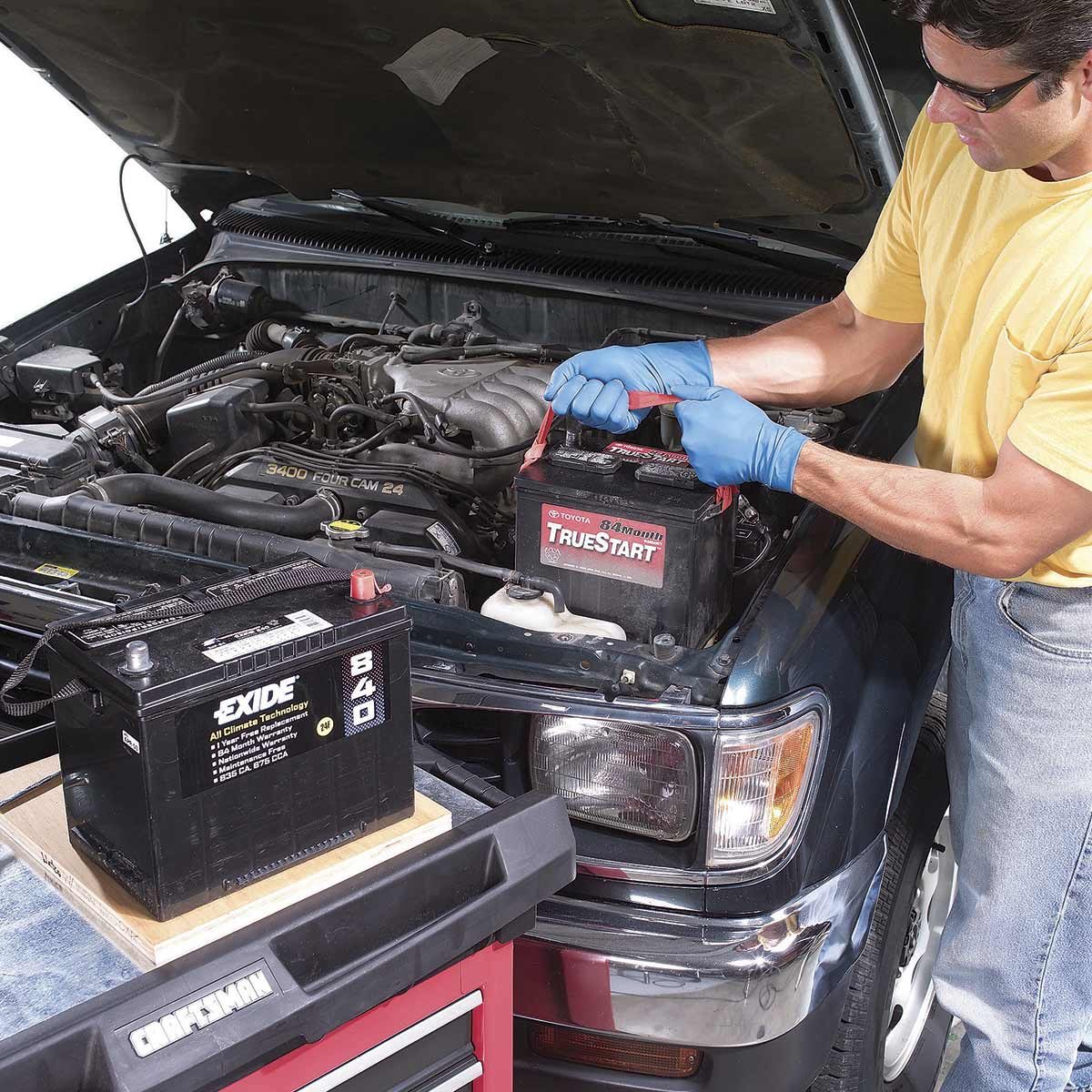
Dead battery
Knowing how to jump start your car is a simple solution to the dead-battery problem, but if your car battery is more than five years old, it may be time for a replacement. You can save yourself a trip to the shop (and a bill!) by learning how to replace a car battery yourself.
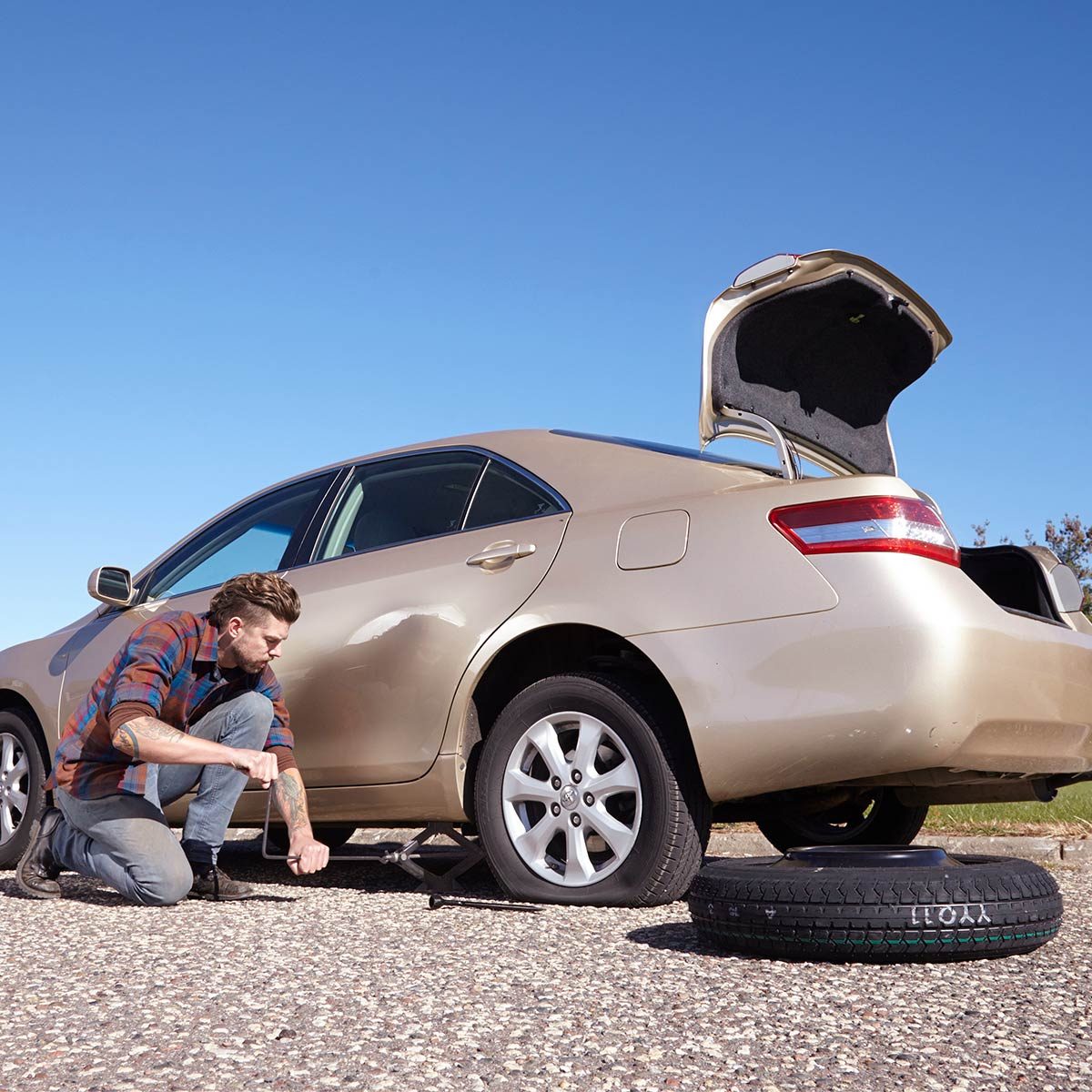
Flat tire
Your car or truck owner’s manual shows you how to change a flat tire, assuming a best-case scenario. But the real world includes all kinds of surprises: lug nuts that won’t budge, a wheel that’s rusted to the hub or a spare tire that’s so under-inflated, it’s useless.
Psst—this is how long you can drive on a spare tire.
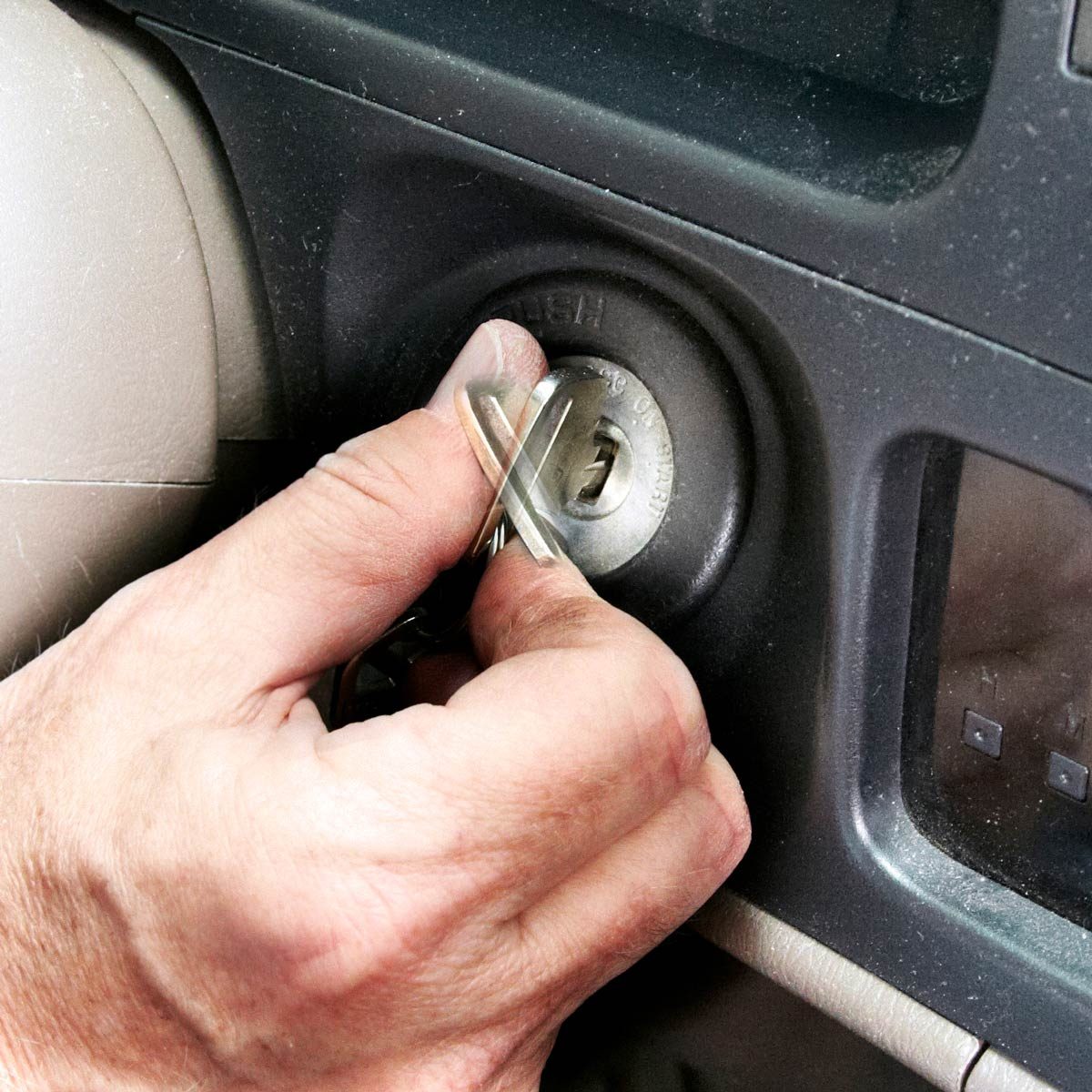
Car won’t start
If you turn the car key and your car won’t start, don’t give up. It can be frustrating trying to troubleshoot why your car won’t start, but before you call for a tow, try these simple tricks to get your car started again.
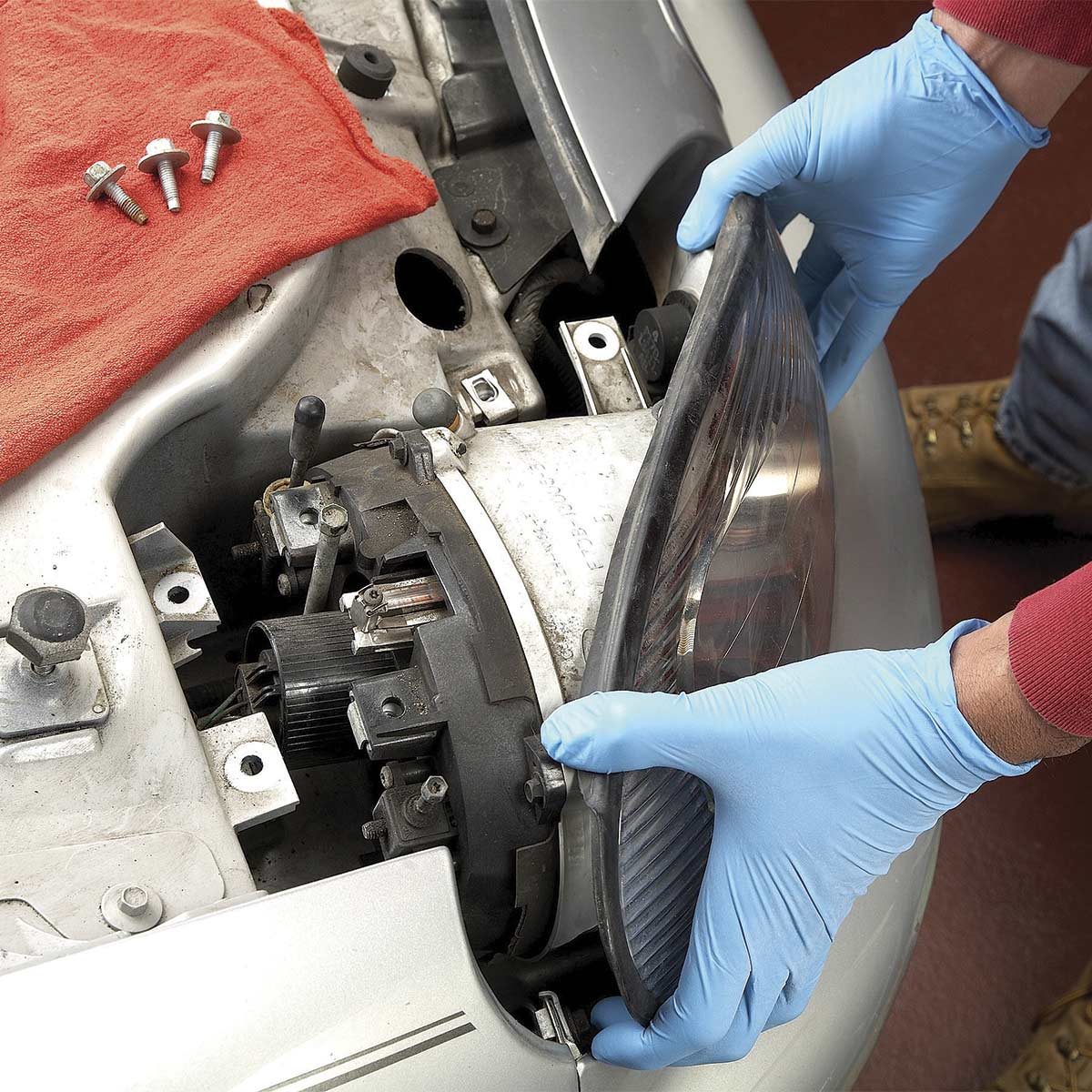
Headlight goes out
Headlight burnt out? Yep, you can fix that yourself, too! Replacing a headlight bulb is easy. You can replace both of yours (always replace them as a set) in about 30 minutes and save some money.
You might also consider these popular headlight upgrades.
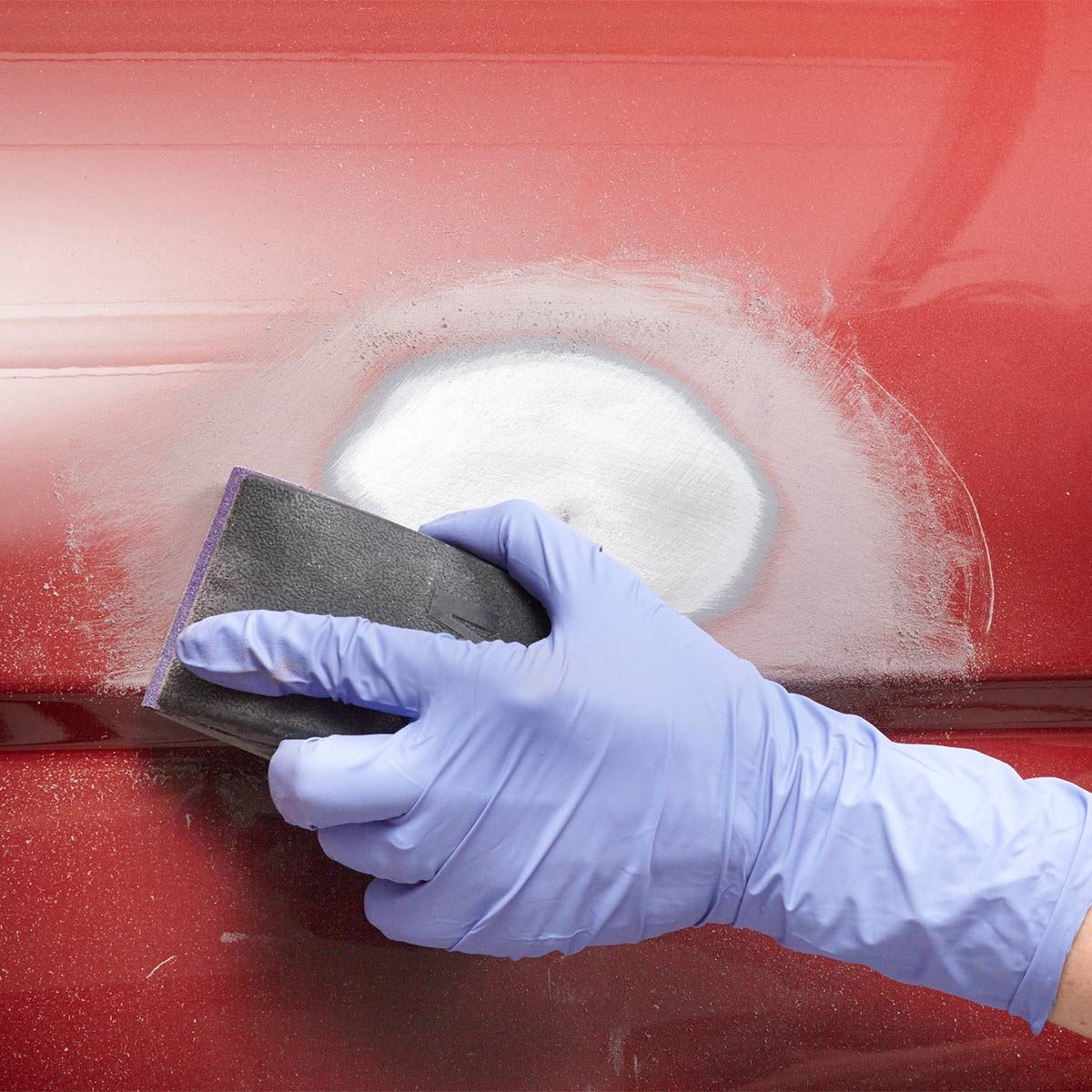
Dents
Dents are unsightly and annoying—but fixable. It may seem intimidating to fix dents in your car yourself, but we’ve got you covered with the tools and materials to use and the steps to get it done.
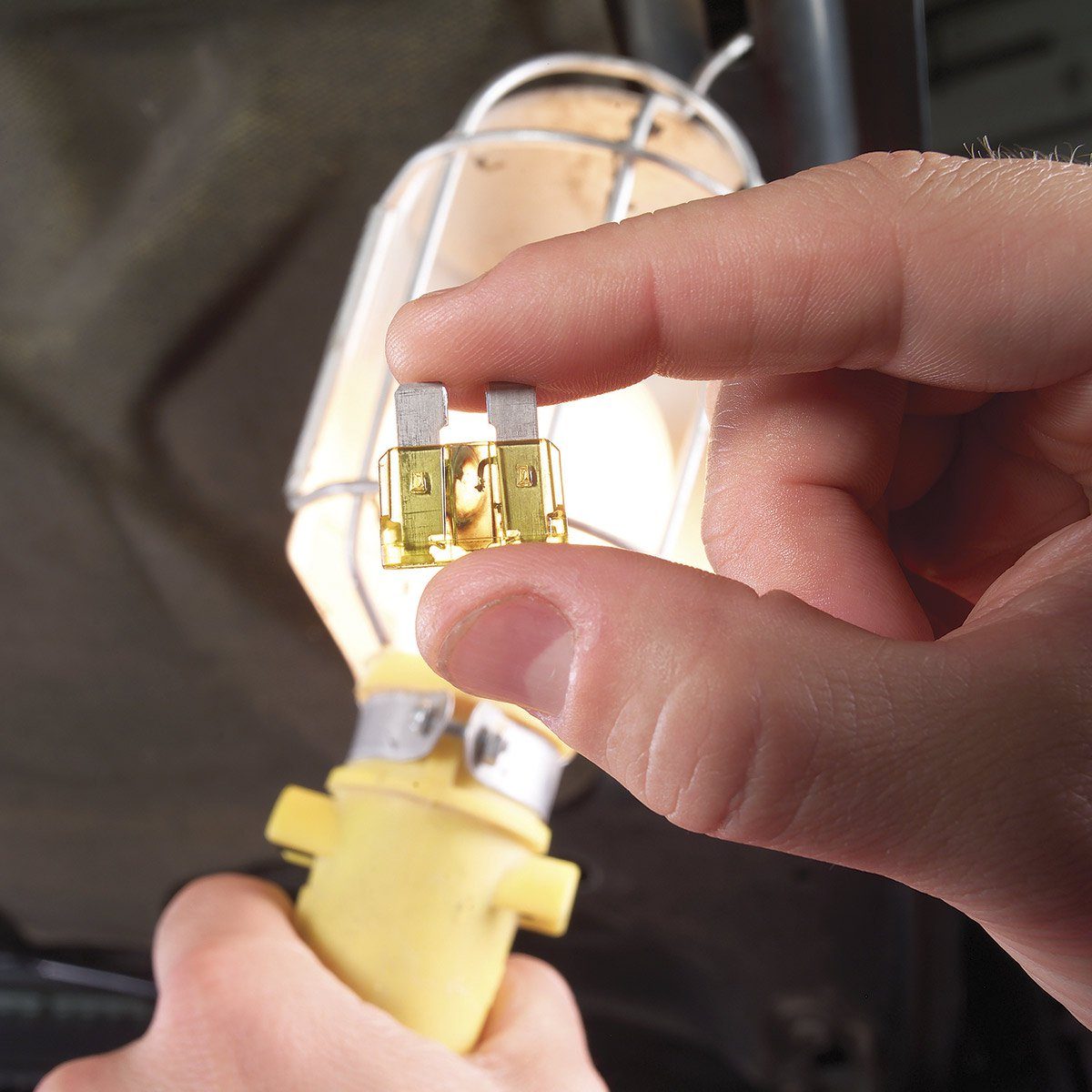
Blown fuse
Next time your radio, lights or other electrical feature in your car stops working, chances are a blown fuse is the culprit. Look under “Fuses” in your owner’s manual for help finding your fuse panels. Most manuals have a diagram showing you where each fuse box is. Each fuse panel cover should have a diagram listing each device and the corresponding fuse.
Learn more about how to fix a blown fuse in your car.
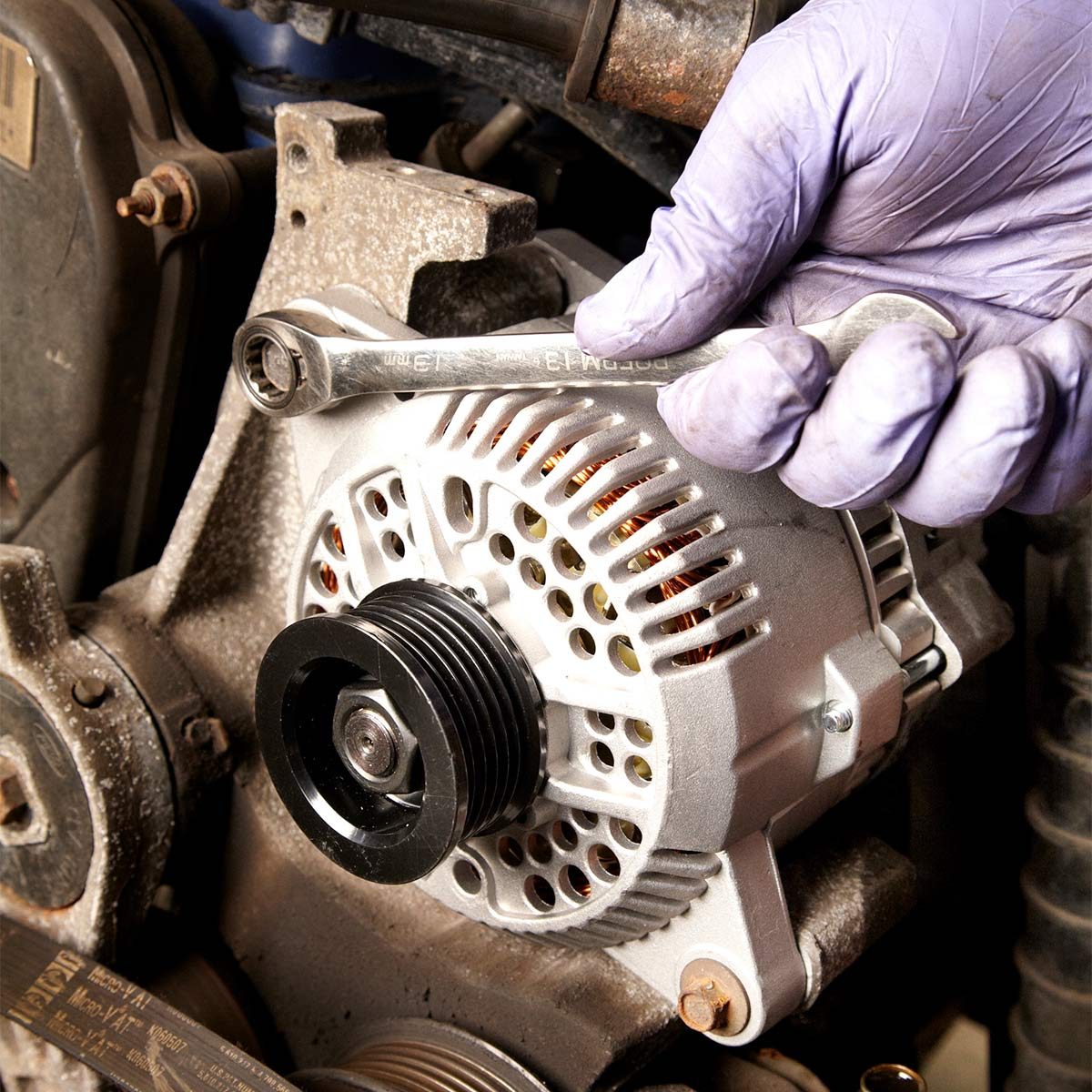
Busted alternator
If your car or truck won’t hold a charge, you probably need a new alternator. It’s just one of the many car problems you can fix—and diagnose—yourself.
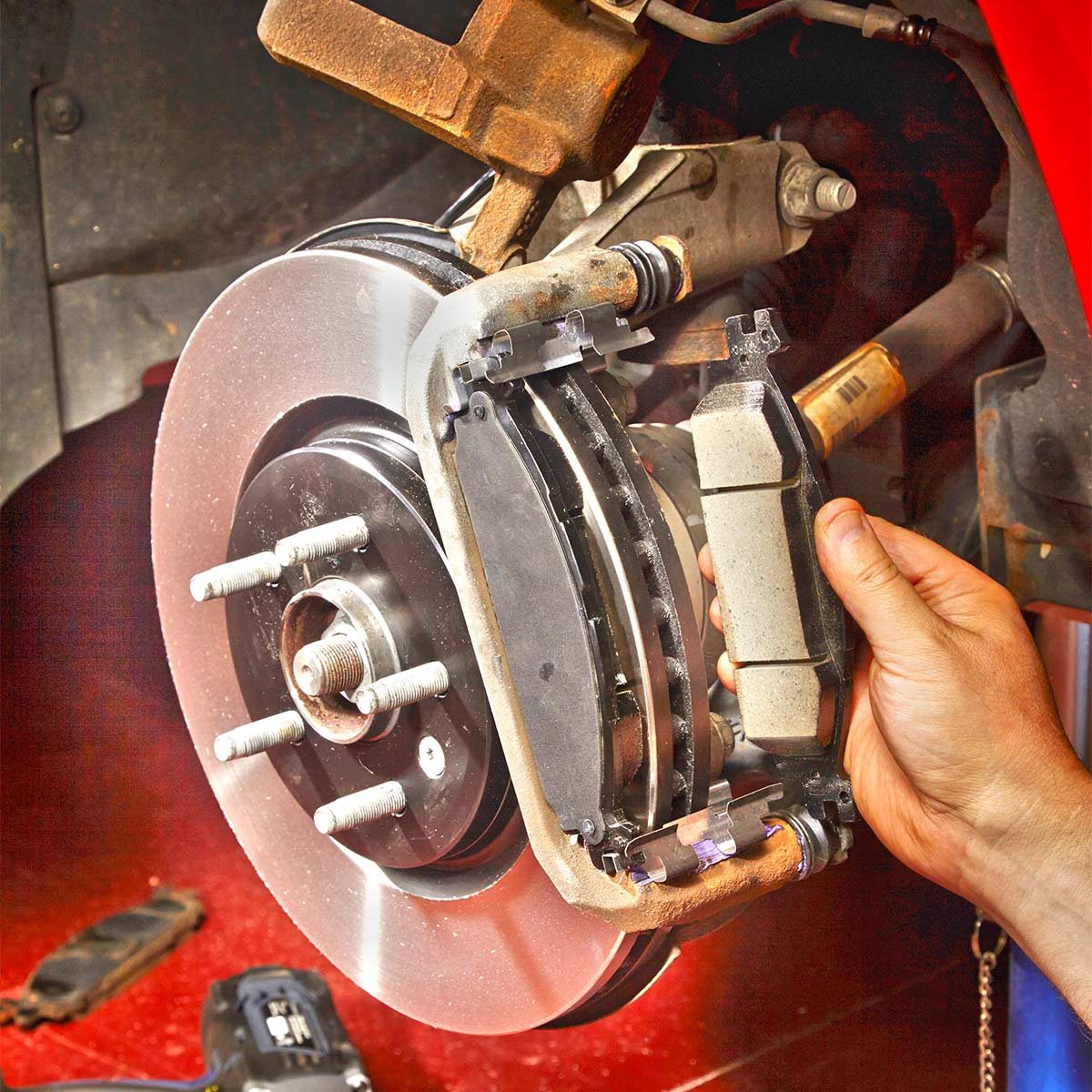
Grinding brakes
If you’ve done some basic wrenching like replacing starter motors, alternators or even mufflers, you’re completely capable of doing your own brake job.
These are the things every car owner should look out for when checking brakes.
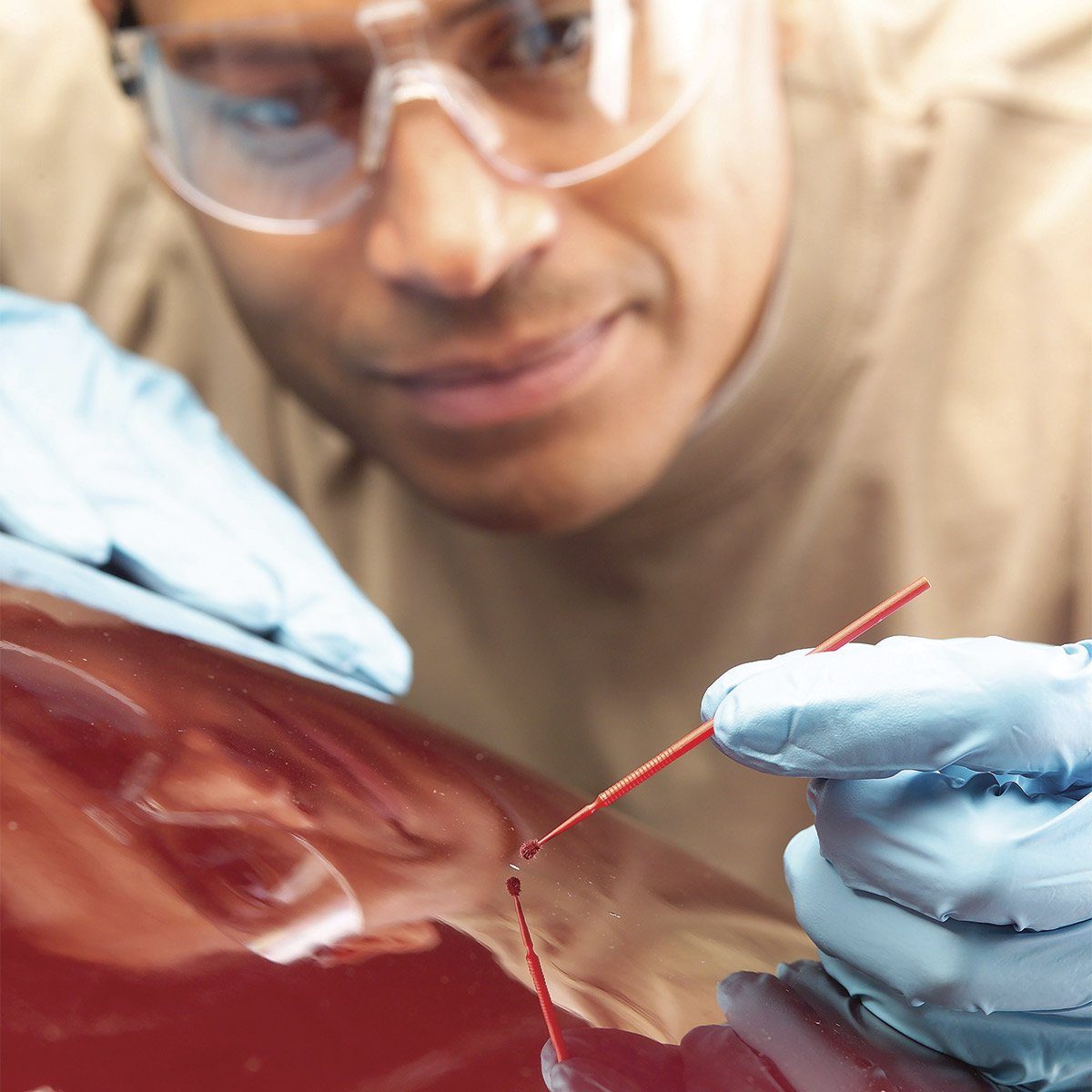
Chipped paint
Roads can be rough on your car’s paint job! Small scratches and chips are unavoidable over time, and it’s important to remove and repair flakes, chips, dents, dings and scratches on your car’s finish before the rust sets in. It takes just a few minutes of your time over a few days. These great auto painting tips and techniques will show you how to touch-up those little eyesores and take years off the look of your car.
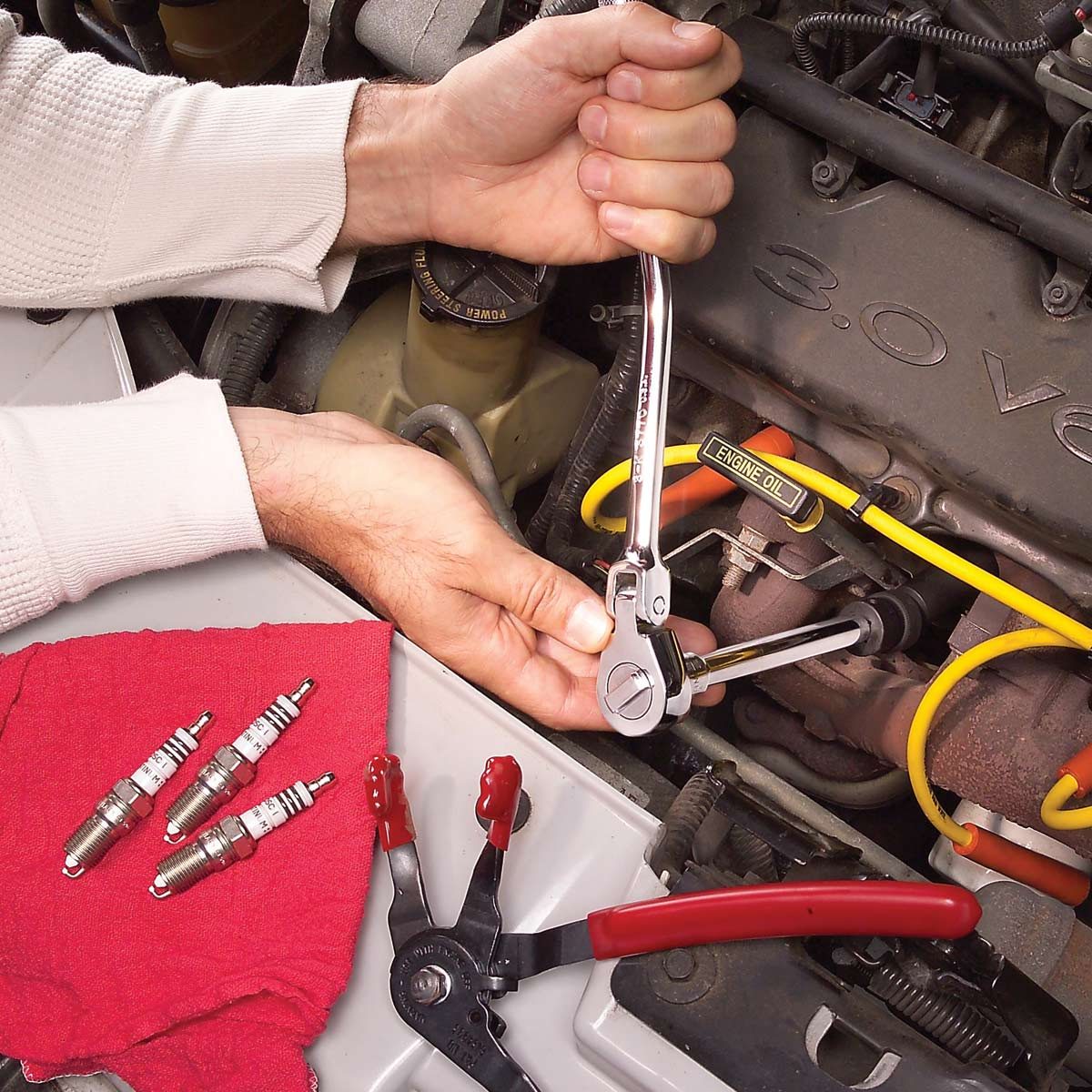
Worn spark plugs
You already know that spark plugs wear out. Well, “burn up” is more like it, because when a spark jumps the gap between two electrodes, it actually burns off (erodes) minute amounts of metal from each one. Over time, the gap grows to the point where the spark can no longer make the jump. That’s when you get misfires, poor gas mileage, lousy acceleration and, ultimately, the dreaded “Check Engine” light. Change your spark plugs yourself to maintain peak performance and high gas mileage. In most cases and with a few of the right tools, it’s a simple job.
Check out 100 more car maintenance jobs your can do on your own.